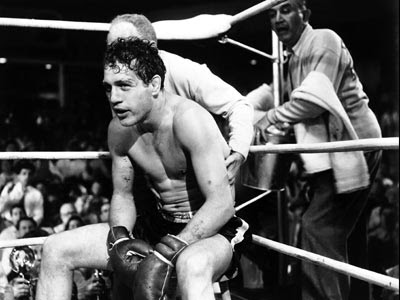
The Special Relationship
Dir. Ricahrd Loncraine
(2010, BBC)
Britain’s relationship with America, the poodle and it’s owner. Sheen dons the Blair grin for the third time and Dennis Quaid plays Bill Clinton with all the swagger and enthusiasm we associate with the man. Morgan gives us his own brand of isolationistic/bi-lateral foreign/american exceptionalism policy – the script paints a lovely picture of Blair the political panther, and what got him going on his path to evil. Rather than a simple political dialogue and pseudonyms, Morgan strives straight to nuances and events that construct America and it's friend.
This is Blair’s show, we’re with him from his days as a spotty faced school boy asking for tips from the Democrats in 1993 to his carnation as P.M, and to his swift move into the dark shadows and political machinations of E.U handshakes and U.S hugs and then to that Chicago speech when Blair got the ball rolling on invasions and such like.
Akroyd’s photography is as polished as a mahogany panel in Clinton's oval office. There are no ugly frames. Ackroyd finds wonderful composition in just two people talking. And also we have lovely details. Case in point a helicopter, so sinister as it rises from the ground its blades rotating – just a wonderfully a surreal moment. Another stand out moment Clinton riding home in his stretch limo and reflections of Washington in the window. Ackroyd really is a man for all seasons he’ll give you hand held – frenetic war torn photography in Iraq and then he’ll give you lovely frames with subtle movements with two politicians talking in a boring room - he makes any scene work.
Morgan always achieves the impossible of brining political heavyweights to life and why is he always so successful? The Queen, Frost/Nixon these are quality and riveting political odes, Morgan is deft at catering to his audience Who doesn't want to know how Blair and Clinton hold hands – and because middle England or any other nosey bastard is so full intrigue, every word, every action is lapped up. I can't imagine Tamara down Boujis giving a fuck about this or any of Morgan's work, because it's weight and worth is purely in the context of an audience member's expectation and knowledge of politics. I lapped it up.






































